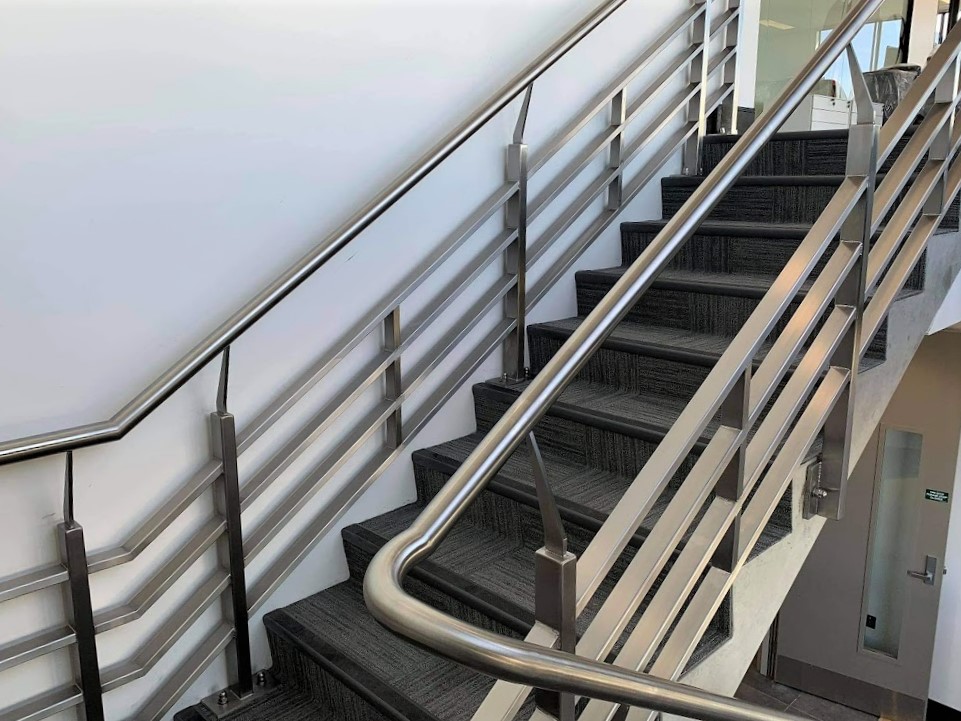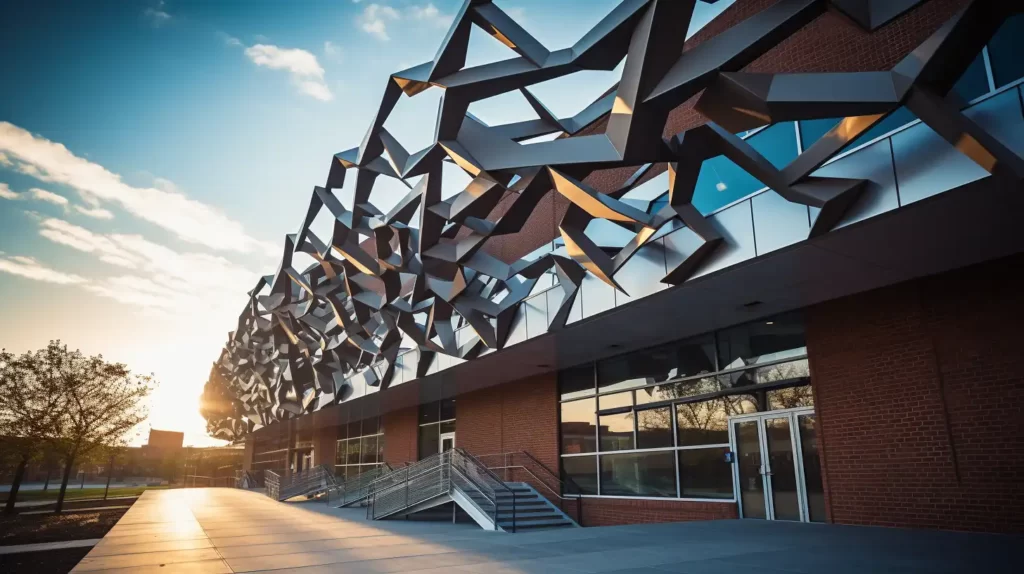When we talk about architectural sheet metal fabrication, we are venturing into a world where design meets durability. This process is pivotal in creating structures that are not only aesthetically pleasing but also structurally sound. Architectural sheet metal fabrication involves transforming raw metal sheets into customized shapes and designs that fit specific architectural needs. But what exactly does it entail? Lets explore the fascinating world of metal fabrication for architecture.

The Basics of Architectural Sheet Metal Fabrication
At its core, architectural sheet metal fabrication is the art of shaping metal sheets into functional and decorative components for buildings. These components can range from roofing and cladding to intricate ornamental pieces. The process begins with raw metal sheets, which are then cut, shaped, and assembled to meet the desired specifications.
Materials Used in Sheet Metal Fabrication
The choice of materials in architectural sheet metal fabrication is crucial. Commonly used metals include aluminum, steel, copper, and zinc. Each metal has its unique properties, making it suitable for different applications. For instance, aluminum is lightweight and corrosion-resistant, making it ideal for roofing. Copper, known for its aesthetic appeal, is often used in decorative elements. Learn more about the common metals used in architectural projects here.
The Fabrication Process
Cutting and Shaping
The first step in the fabrication process is cutting the metal sheets into the required sizes. This can be done using various techniques such as shearing, laser cutting, or water jet cutting. Each method has its advantages, with laser cutting providing precision and water jet cutting being suitable for thicker materials. Discover more about precision cutting methods.
Forming and Bending
Once the sheets are cut, they are then formed and bent into the desired shapes. This is achieved using machines like press brakes and roll formers. The goal is to achieve the requisite angles and curves that are specified in the design plans.
Assembly and Joining
After shaping, the components are assembled. This may involve welding, riveting, or using adhesives to join the pieces. The choice of joining method depends on the design requirements and the type of metal used.
Applications of Architectural Sheet Metal Fabrication
The applications of architectural sheet metal fabrication are vast and varied. From the sleek facades of modern skyscrapers to the intricate detailing of historic buildings, metal fabrication plays a crucial role. It is used in roofing, cladding, gutters, and downspouts, as well as in creating decorative elements like cornices and finials. For insights on modern designs, check out this guide on modern architectural metal designs.
Roofing and Cladding
One of the most common applications is in roofing and cladding. Metal roofs are durable, energy-efficient, and aesthetically versatile. Cladding, on the other hand, provides an extra layer of protection against the elements while enhancing the building’s appearance.
Decorative Elements
Architectural sheet metal is also used in creating decorative elements that add character to a building. These can include cornices, finials, and intricate latticework. Such elements not only serve a decorative purpose but also contribute to the overall architectural integrity of the structure.
The Importance of Choosing the Right Fabricator
Choosing the right fabricator is crucial in ensuring the success of an architectural project. A skilled fabricator will not only have the expertise to work with various metals but also understand the design intentions and structural requirements. Here are some tips on choosing an architectural metal fabricator.
Experience and Expertise
Look for fabricators with a proven track record in handling projects similar to yours. Their experience will be invaluable in foreseeing potential challenges and providing innovative solutions.
Quality and Precision
Quality is paramount in metal fabrication. Ensure that the fabricator adheres to industry standards and uses state-of-the-art equipment to achieve precision in their work.
Maintenance and Longevity
Maintaining architectural metal is essential for longevity and aesthetics. Regular inspections and cleaning can prevent corrosion and wear. For more information on maintaining metal finishes, visit this maintenance guide.
Regular Inspections
Conduct regular inspections to identify any signs of wear or damage. Early detection can prevent minor issues from escalating into major problems.
Cleaning and Protection
Keep the metal surfaces clean and free of debris. Using protective coatings can also enhance durability and resistance to the elements.
The Future of Architectural Sheet Metal Fabrication
As technology advances, so does the field of architectural sheet metal fabrication. Innovations such as 3D printing and advanced software modeling are paving the way for even more precise and complex designs. This evolution promises a future where architectural possibilities are virtually limitless.
Embracing New Technologies
The integration of new technologies like 3D printing allows for the creation of intricate designs that were previously impossible. This not only enhances creativity but also improves efficiency in the fabrication process.
Sustainability and Green Building
With a growing focus on sustainability, metal fabrication is also evolving to incorporate eco-friendly practices. This includes using recycled materials and minimizing waste during the fabrication process.

FAQ
What metals are commonly used in architectural sheet metal fabrication?
Common metals include aluminum, steel, copper, and zinc, each chosen for their unique properties and suitability for different applications.
How do I choose the right fabricator for my project?
Consider the fabricator’s experience, expertise, and commitment to quality. Look for those with a proven track record in similar projects.
What are the maintenance requirements for architectural metal components?
Regular inspections, cleaning, and the use of protective coatings are essential for maintaining the durability and aesthetics of metal components.
For more information on architectural metal fabrication, you can visit this external link.
This article contains affiliate links. We may earn a commission at no extra cost to you.

